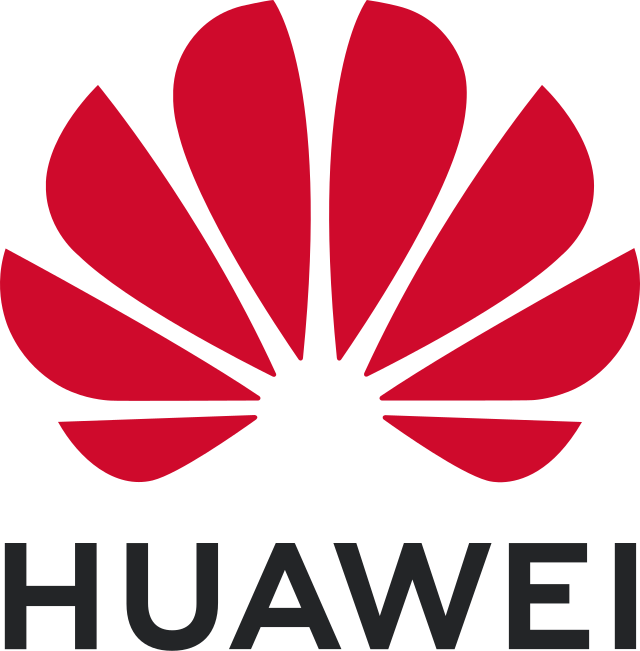Imagine linking thousands of AI processors across dozens of server cabinets and making them operate as if they were one massive computer. That’s the vision behind Huawei’s new SuperPoD architecture, showcased at HUAWEI CONNECT. The breakthrough represents more than technical power—it signals a shift in how AI infrastructure could be designed, scaled, and deployed worldwide.
UnifiedBus 2.0: The Foundation of SuperPoD
At the heart of Huawei’s approach is UnifiedBus 2.0, an interconnect protocol engineered to link physical servers into a single logical machine. Traditional copper wires provide high bandwidth but only for short distances, while optical cables can stretch further but often struggle with reliability. Huawei’s solution integrates reliability across all OSI layers, achieving ultra-fast fault detection at the 100-nanosecond level and making optical faults nearly invisible to applications.
Scale That Redefines Performance
The flagship Atlas 950 SuperPoD packs up to 8,192 Ascend 950DT chips, offering 8 EFLOPS (FP8) and 16 EFLOPS (FP4) with interconnect bandwidth surpassing the world’s total peak internet capacity. Spread across 160 cabinets, the system reaches 1,152 TB of memory and maintains 2.1-microsecond latency.
Next in line, the Atlas 960 SuperPoD will expand to 15,488 chips, doubling performance to 30 EFLOPS (FP8) and 60 EFLOPS (FP4), while scaling memory and bandwidth to new heights.
Extending Beyond AI
SuperPoD isn’t limited to AI workloads. Huawei introduced the TaiShan 950 SuperPoD, powered by Kunpeng 950 processors, aimed at replacing legacy enterprise hardware. In industries like finance, where legacy mainframes and database servers still dominate, Huawei positions TaiShan as a cost-efficient and high-performance alternative.
Open Standards and Ecosystem Growth
In a significant move, Huawei has released UnifiedBus 2.0 specifications as open standards. The company plans to open-source both hardware and software elements, including AI cards, CPU boards, and foundational models like openPangu. This ecosystem approach is designed to foster innovation even as China faces semiconductor process constraints, allowing broader participation without requiring access to cutting-edge chip manufacturing nodes.
Market Adoption Already Underway
Huawei has already shipped over 300 Atlas 900 A3 SuperPoD units to more than 20 customers across sectors including internet services, finance, energy, and manufacturing. These deployments validate the company’s claims and highlight demand for scalable AI infrastructure built on domestic technology.
Global Implications
By embracing open-source and positioning SuperPoD as both a domestic solution and a global alternative, Huawei is challenging the proprietary models of Western competitors. The success of this strategy will depend on whether its ecosystem can maintain performance and commercial traction at scale.
If successful, Huawei’s SuperPoD could mark a turning point in AI infrastructure design—transforming thousands of distributed chips into one unified, intelligent system and redefining the future of large-scale computing.
Source: https://www.artificialintelligence-news.com/news/huawei-ai-chips-superpod-technology/






